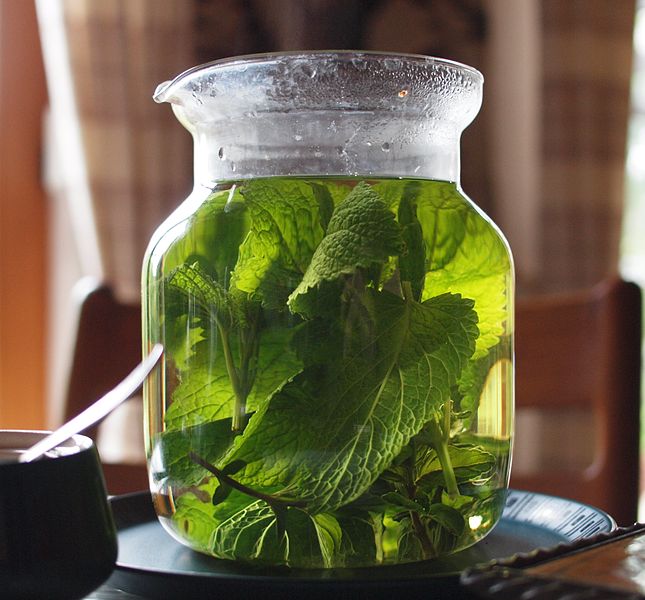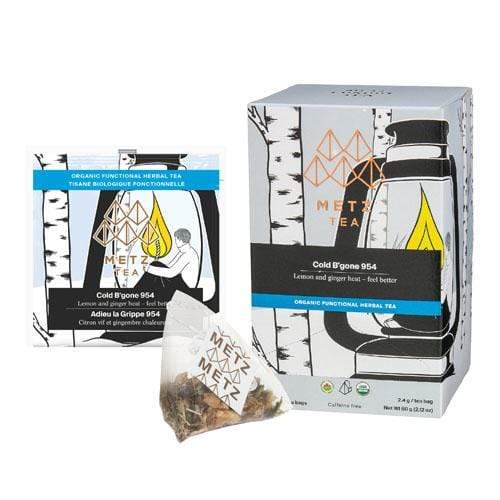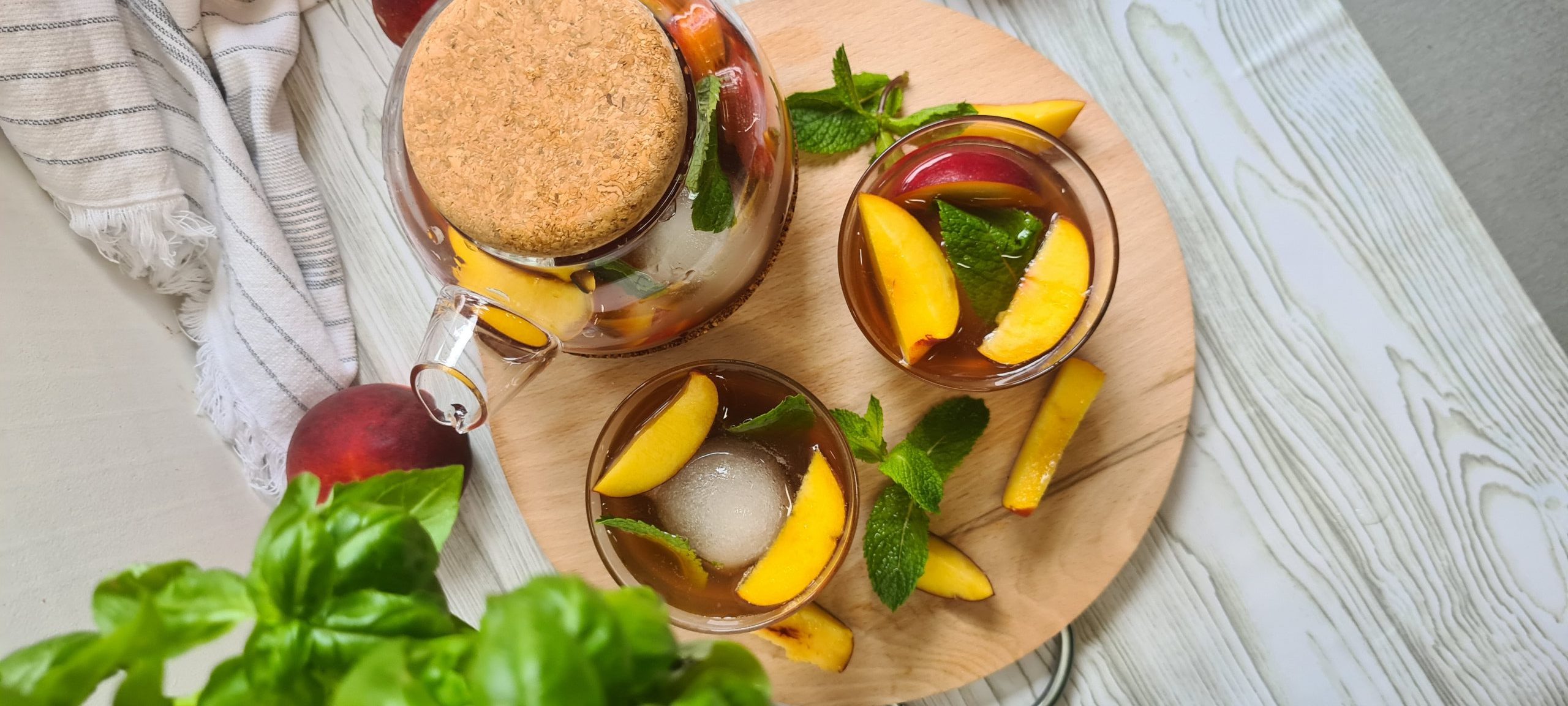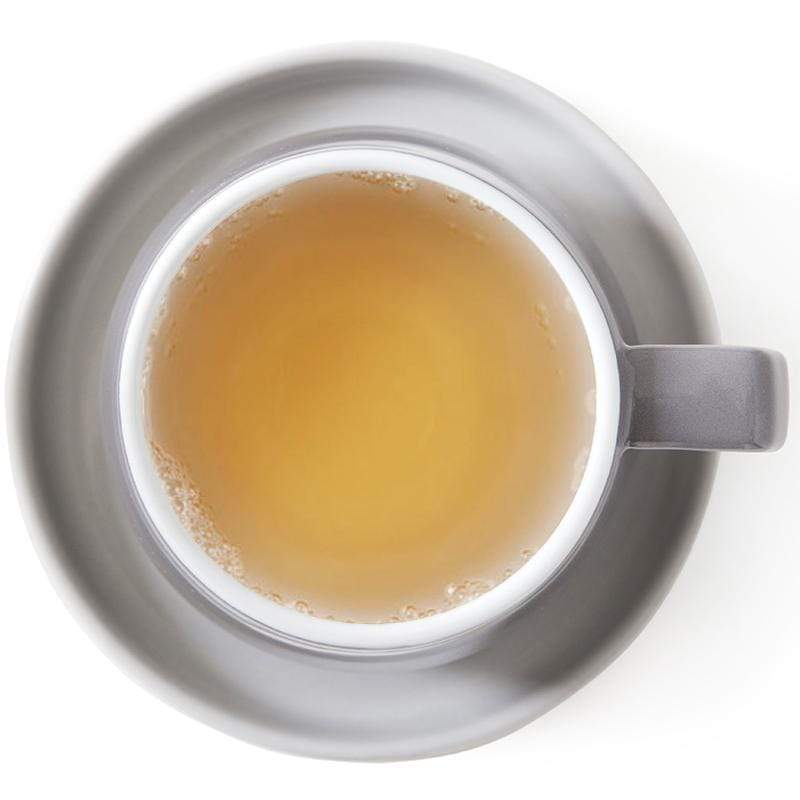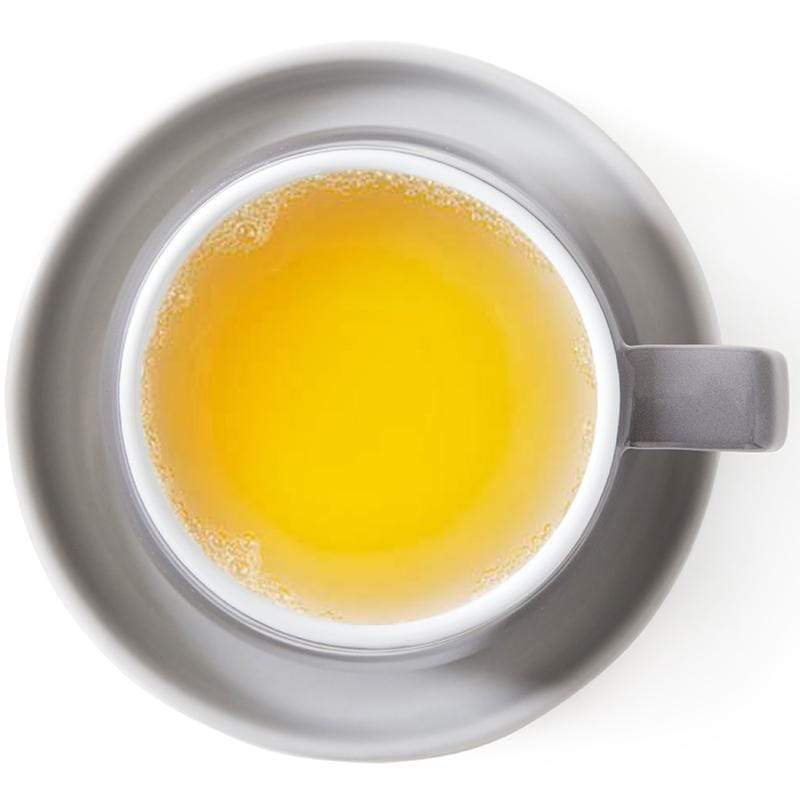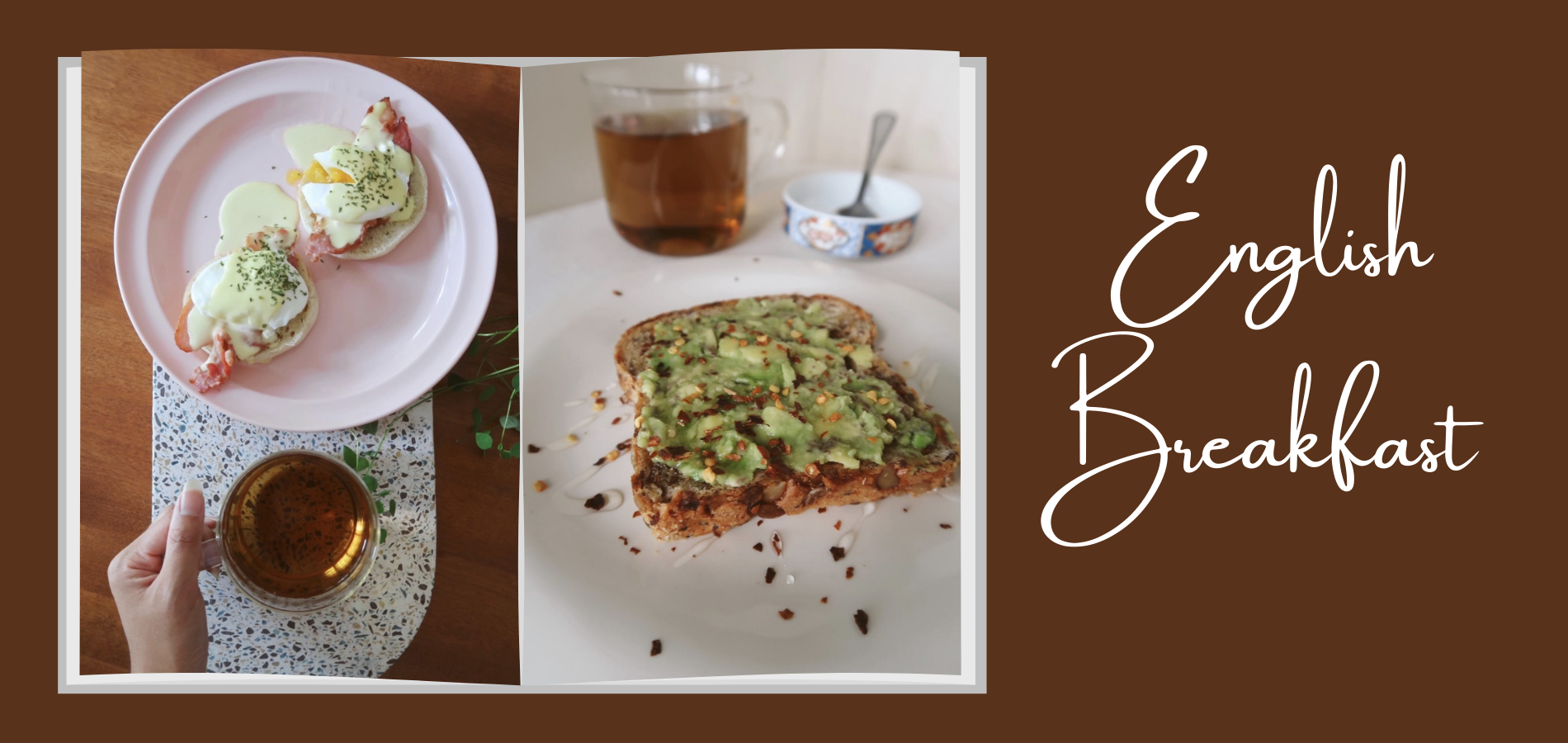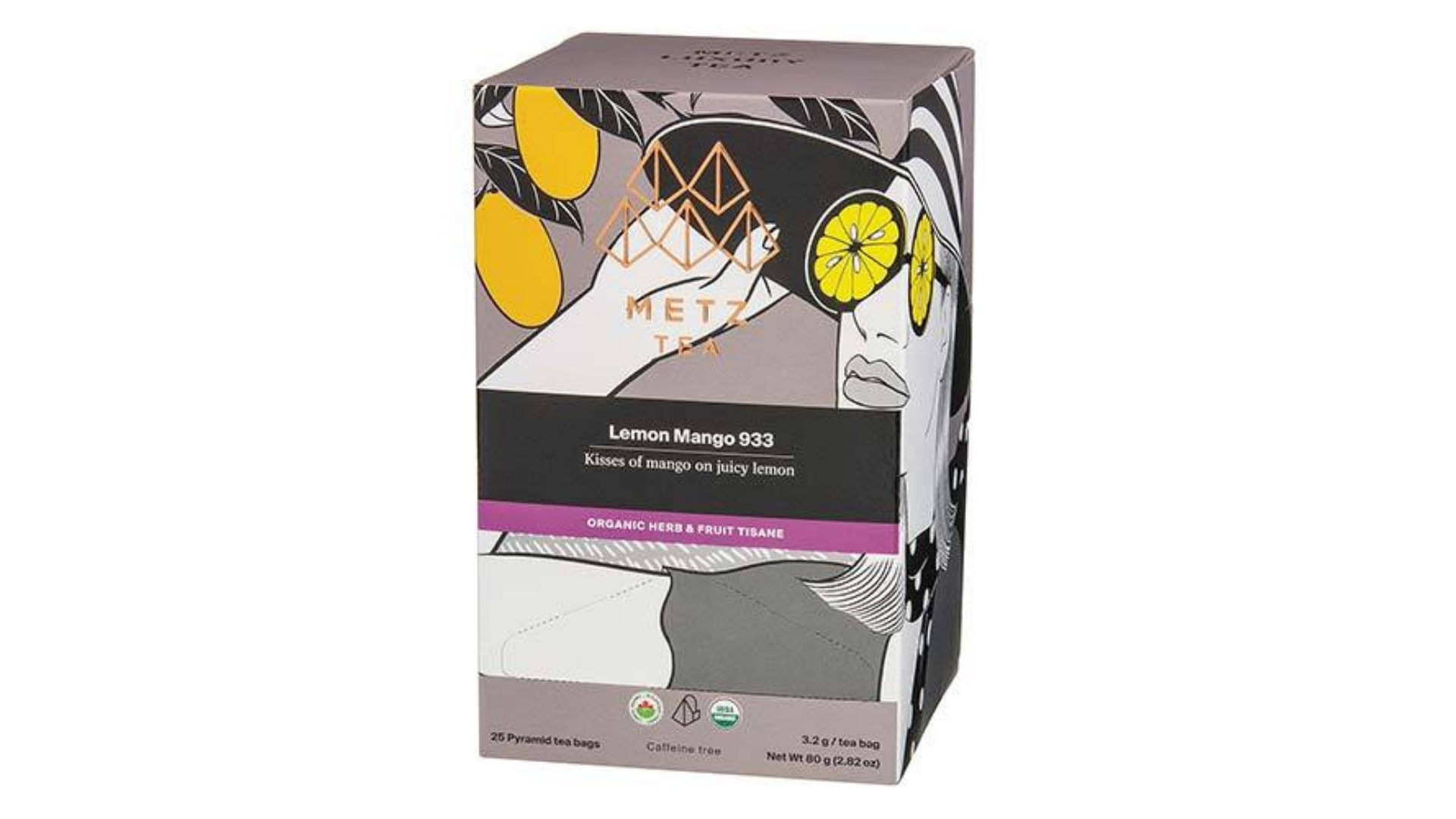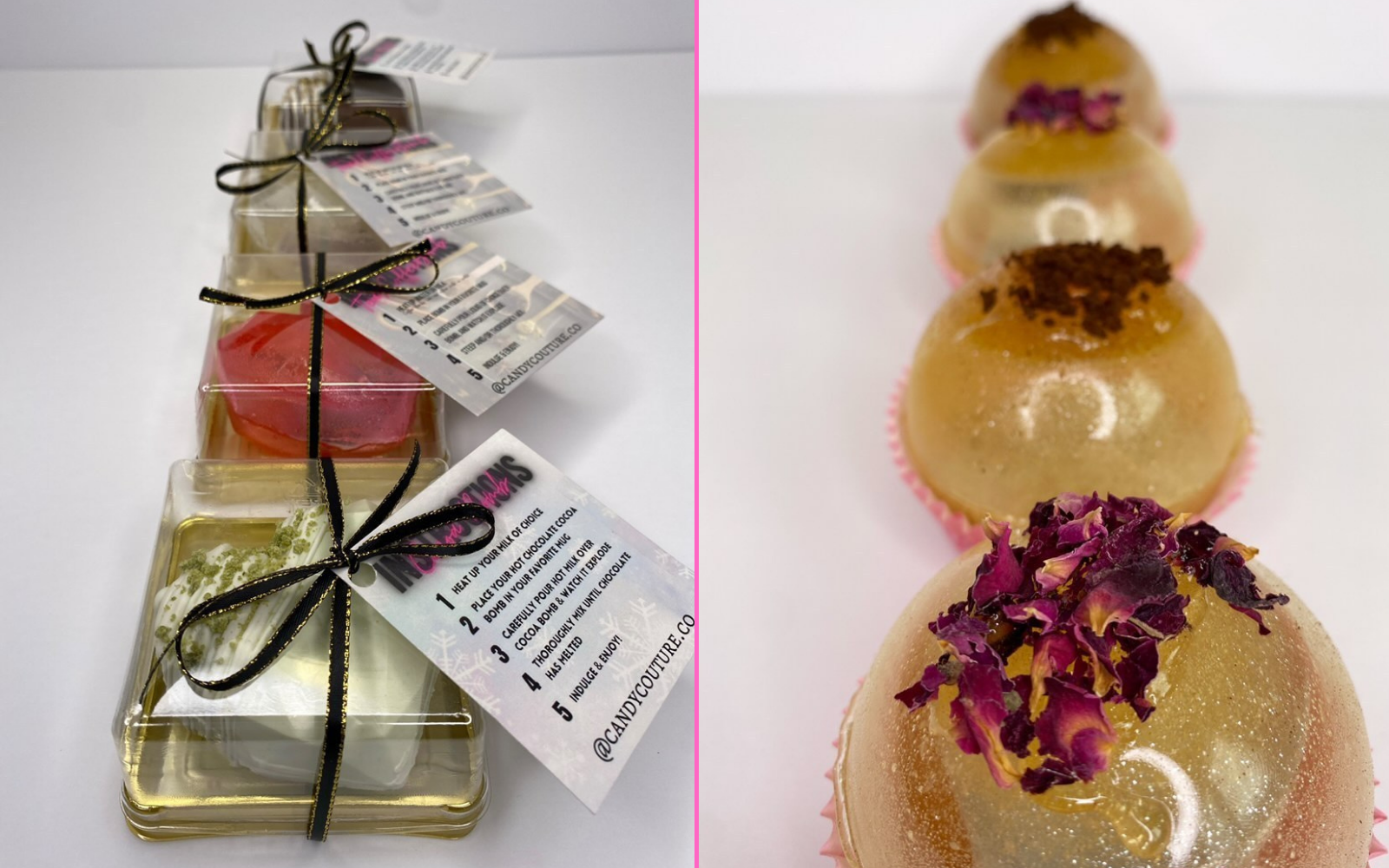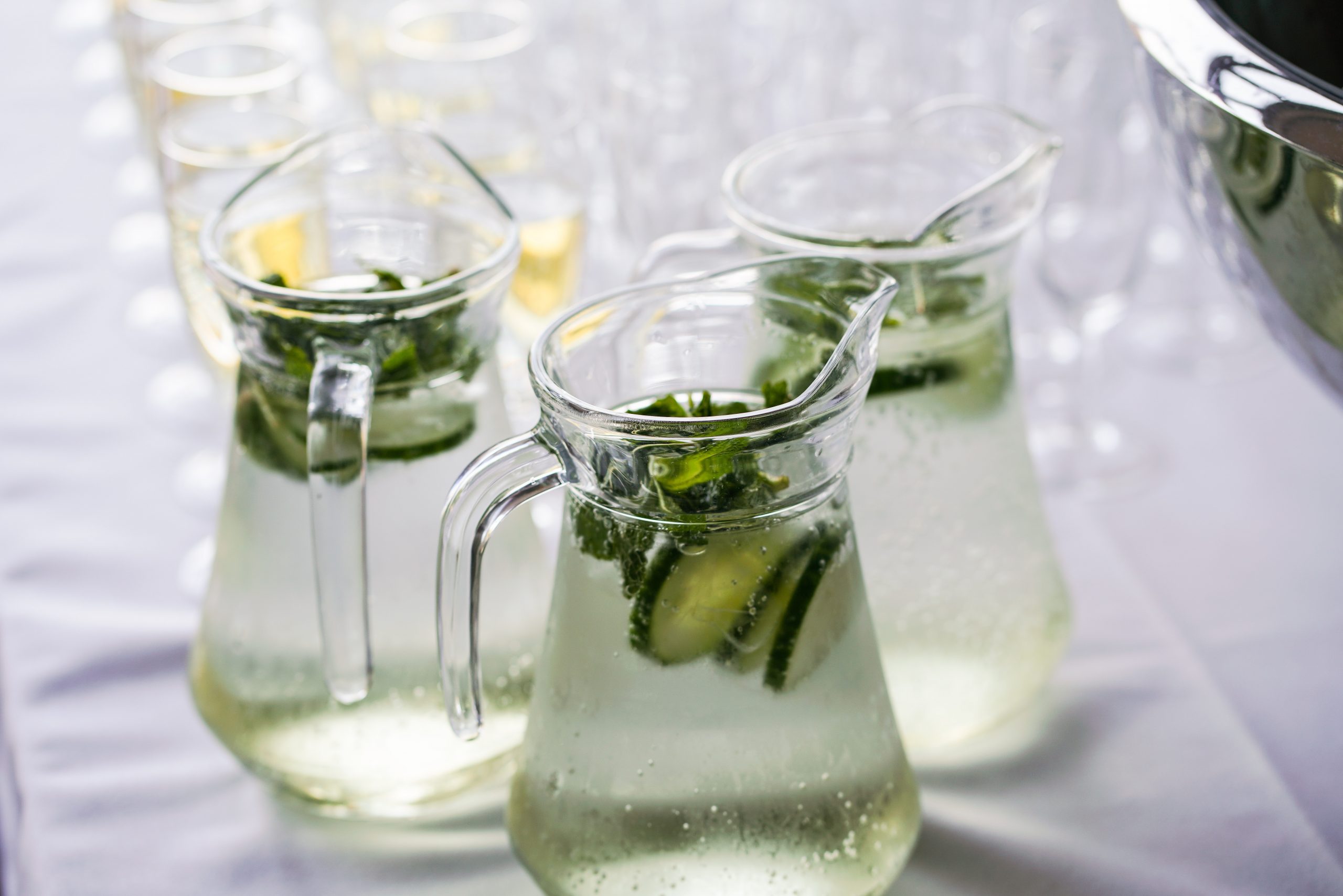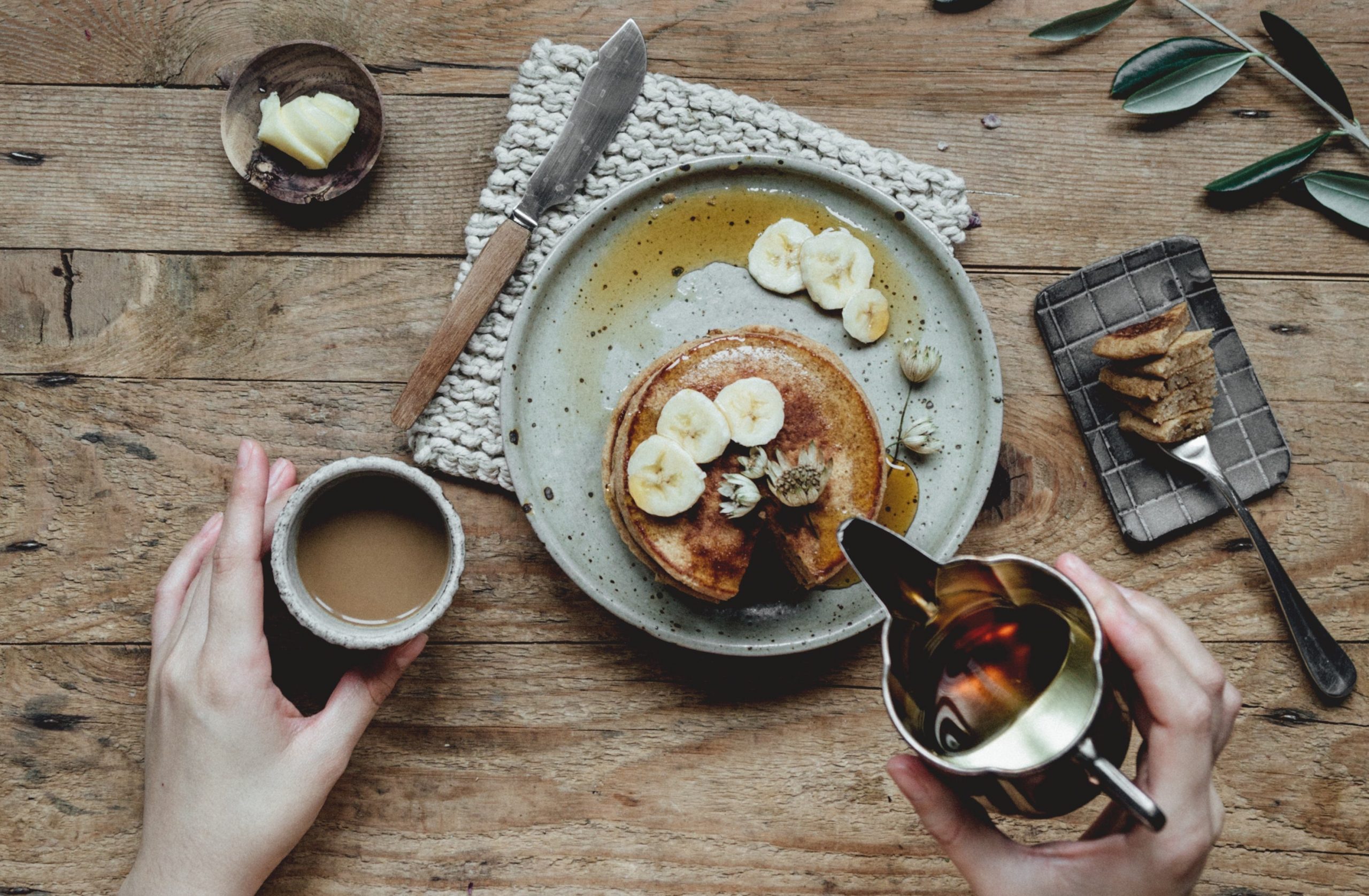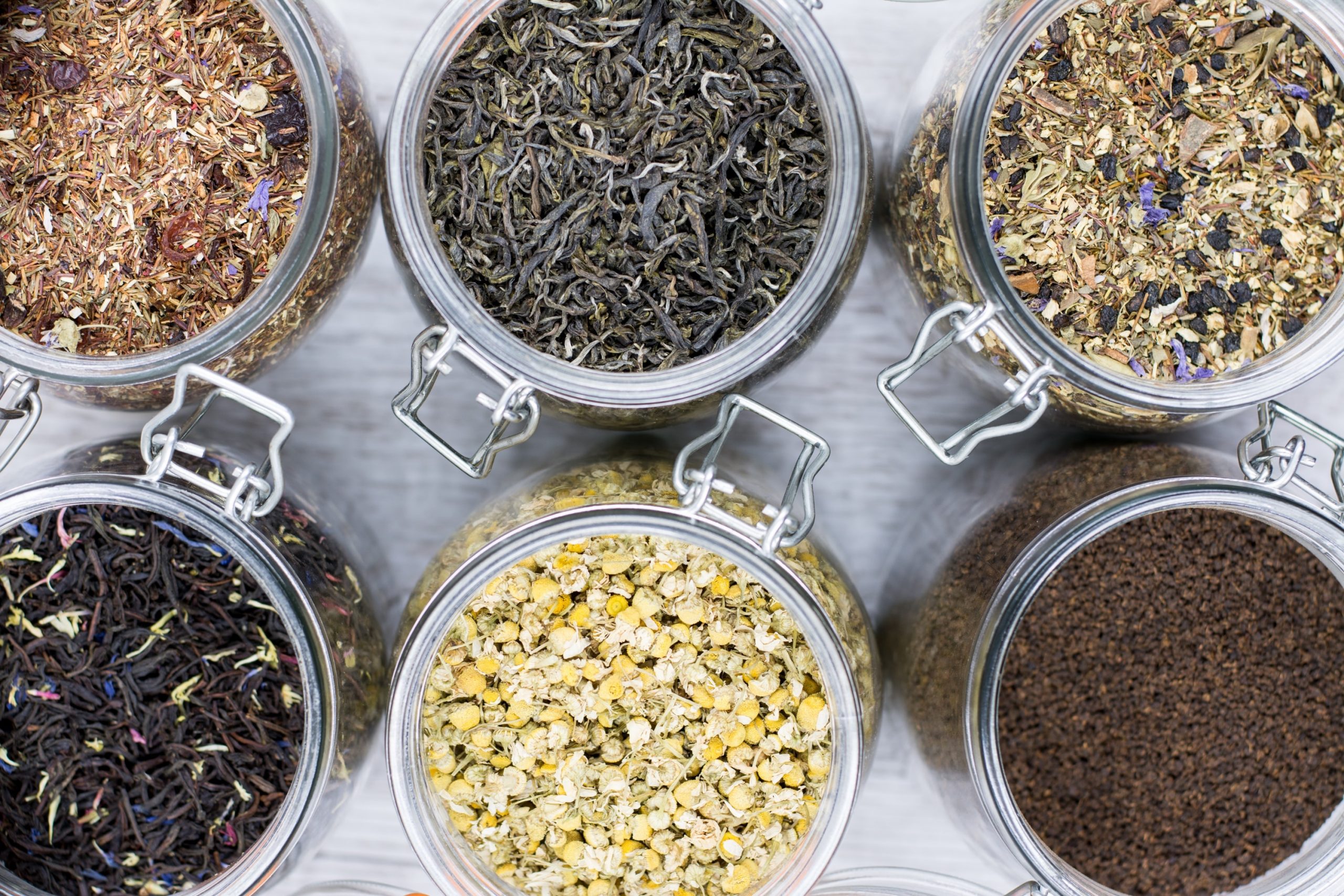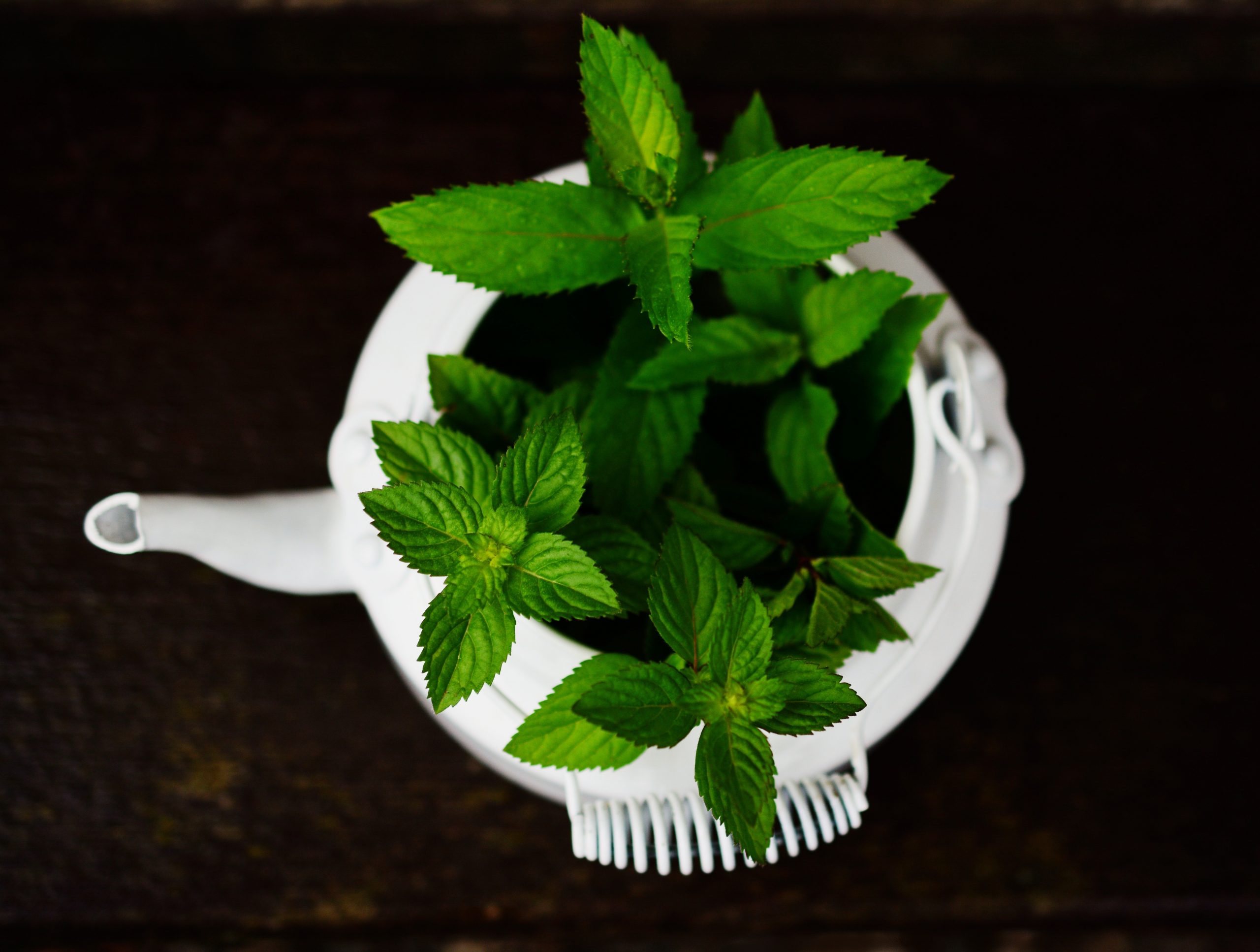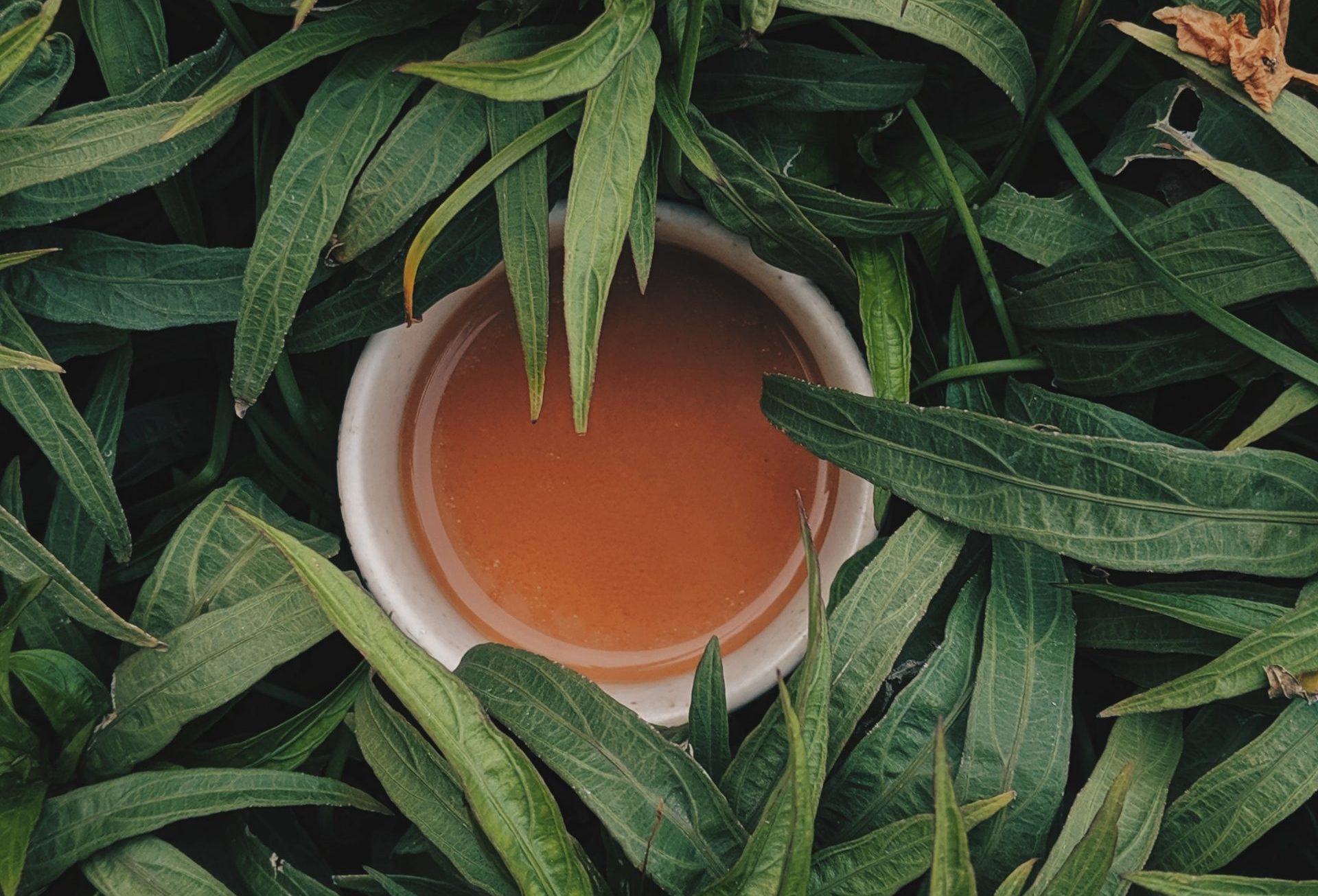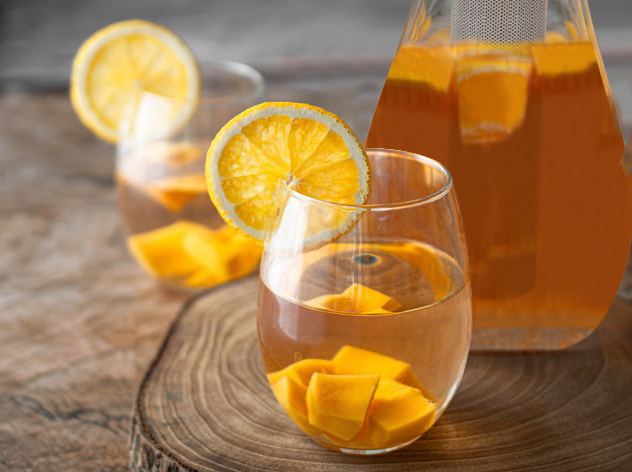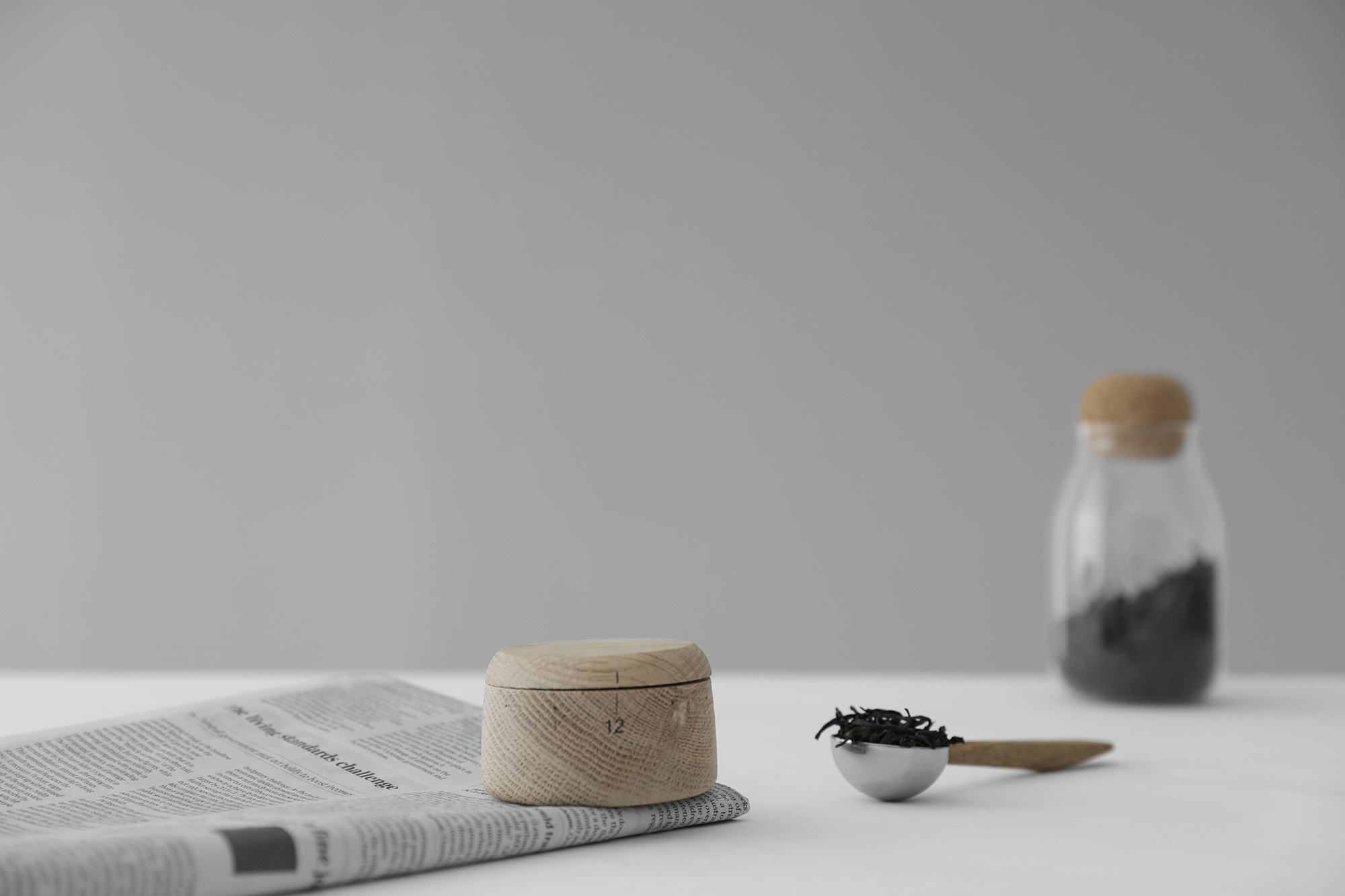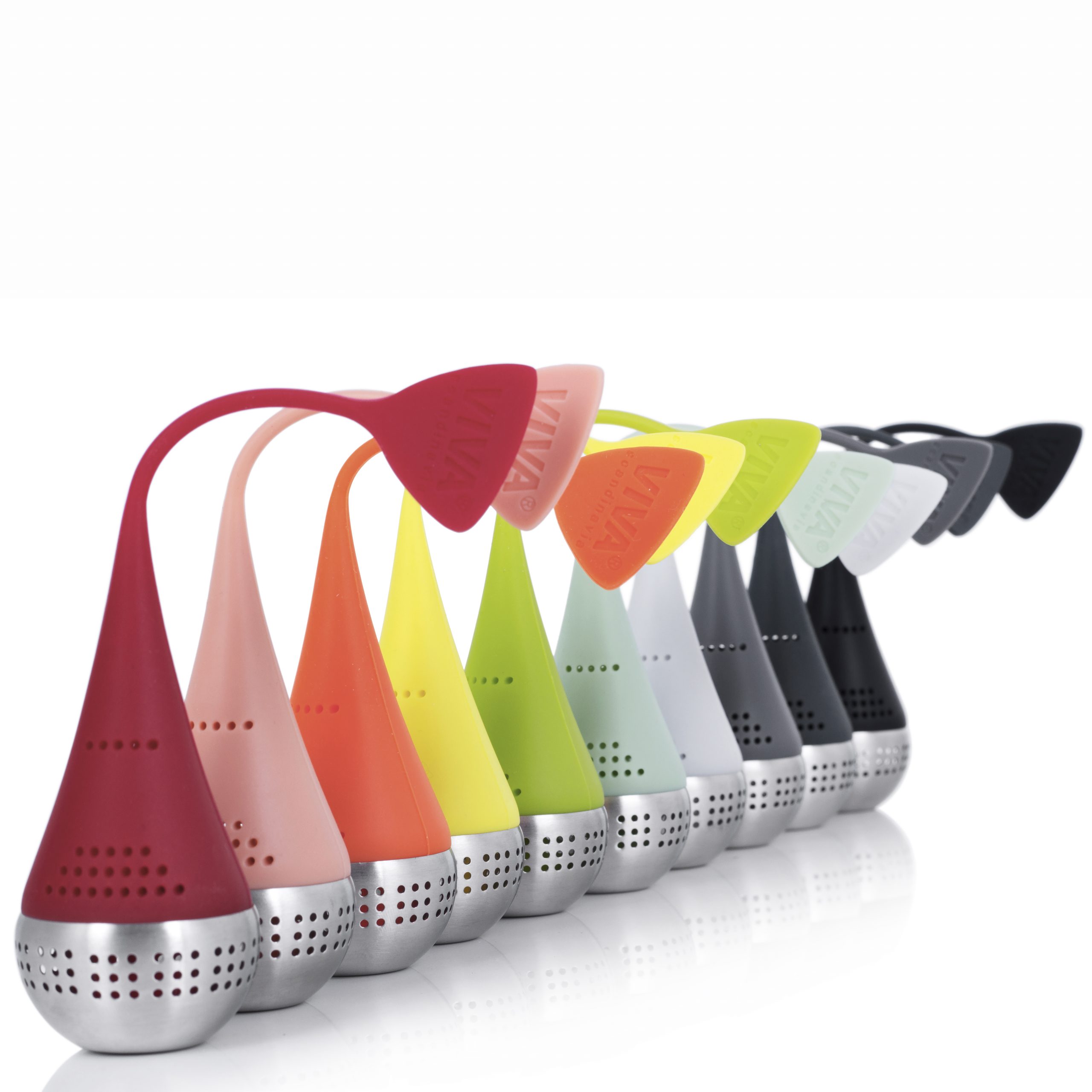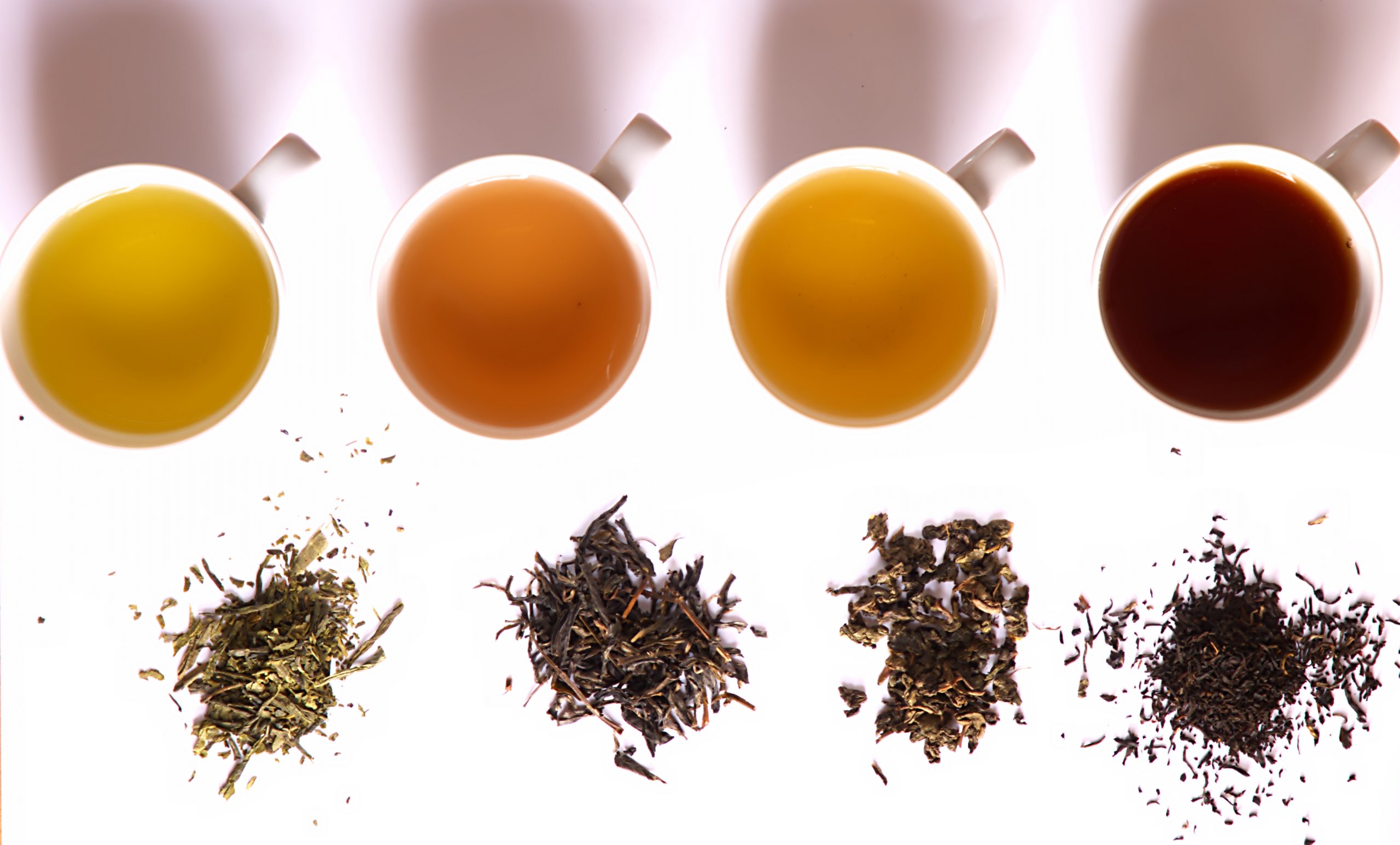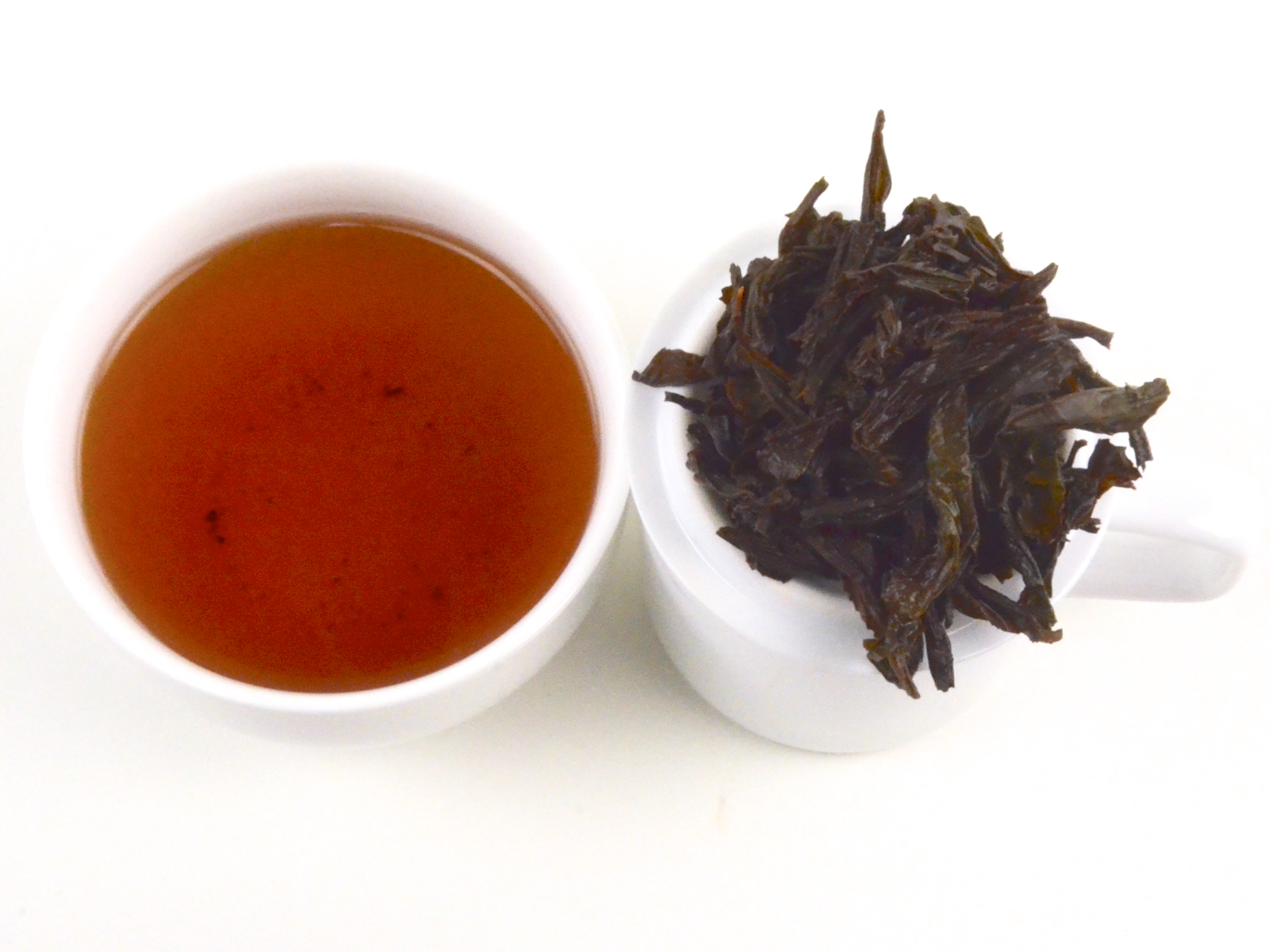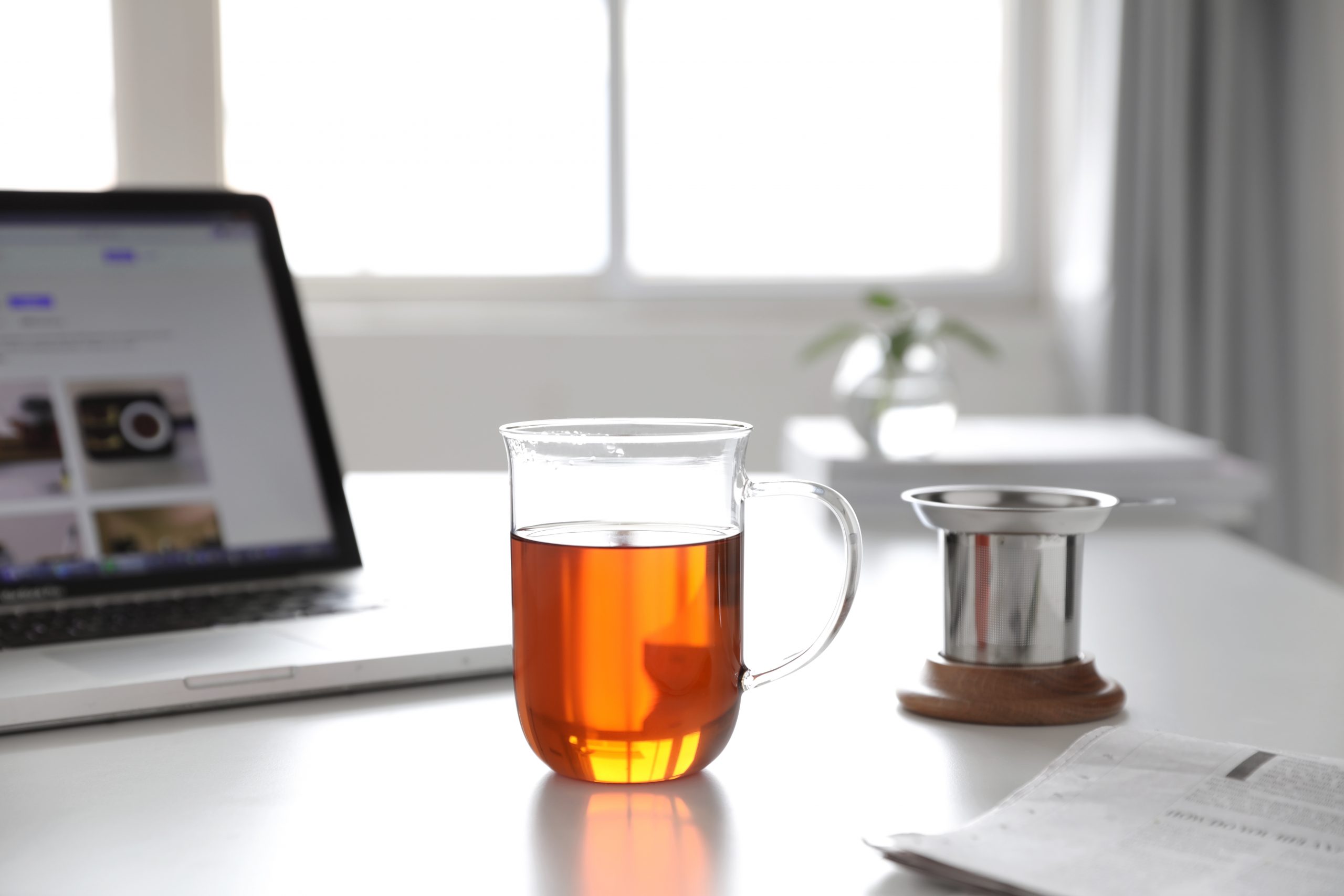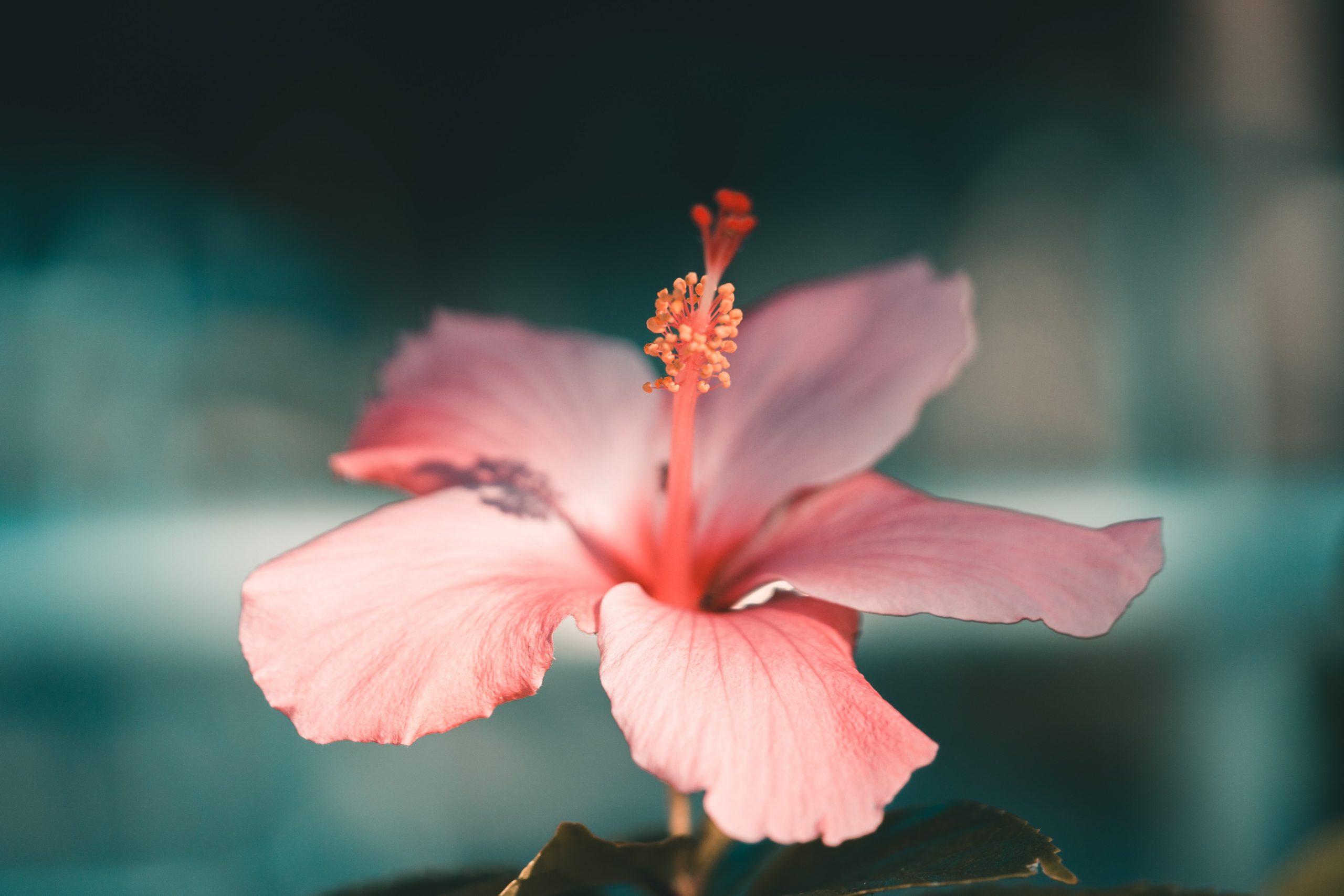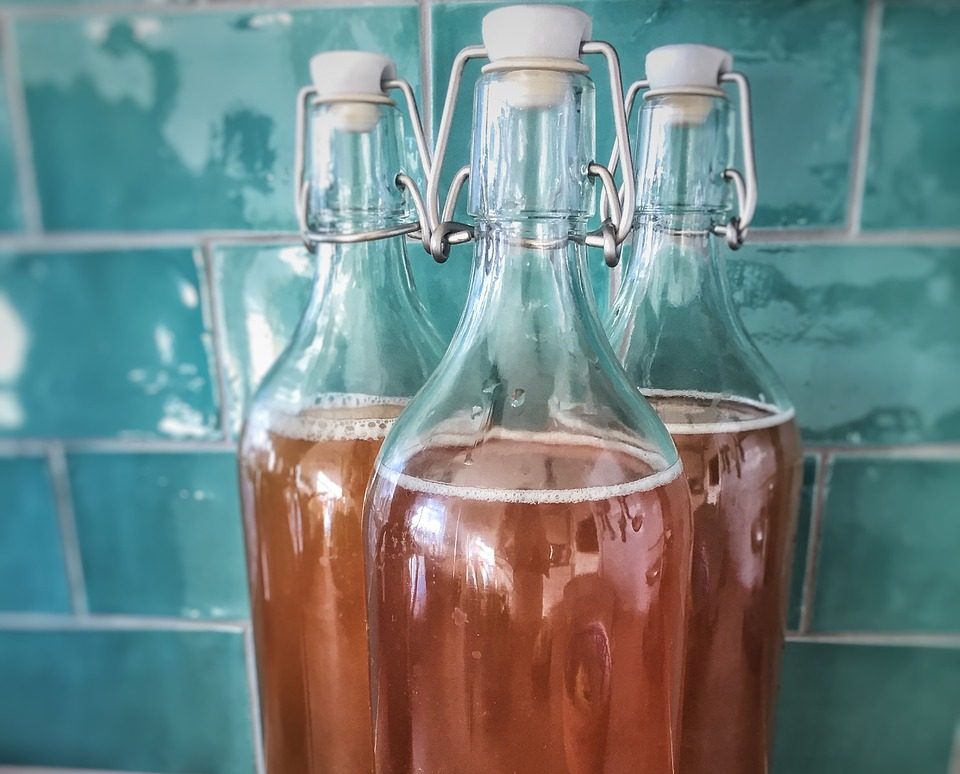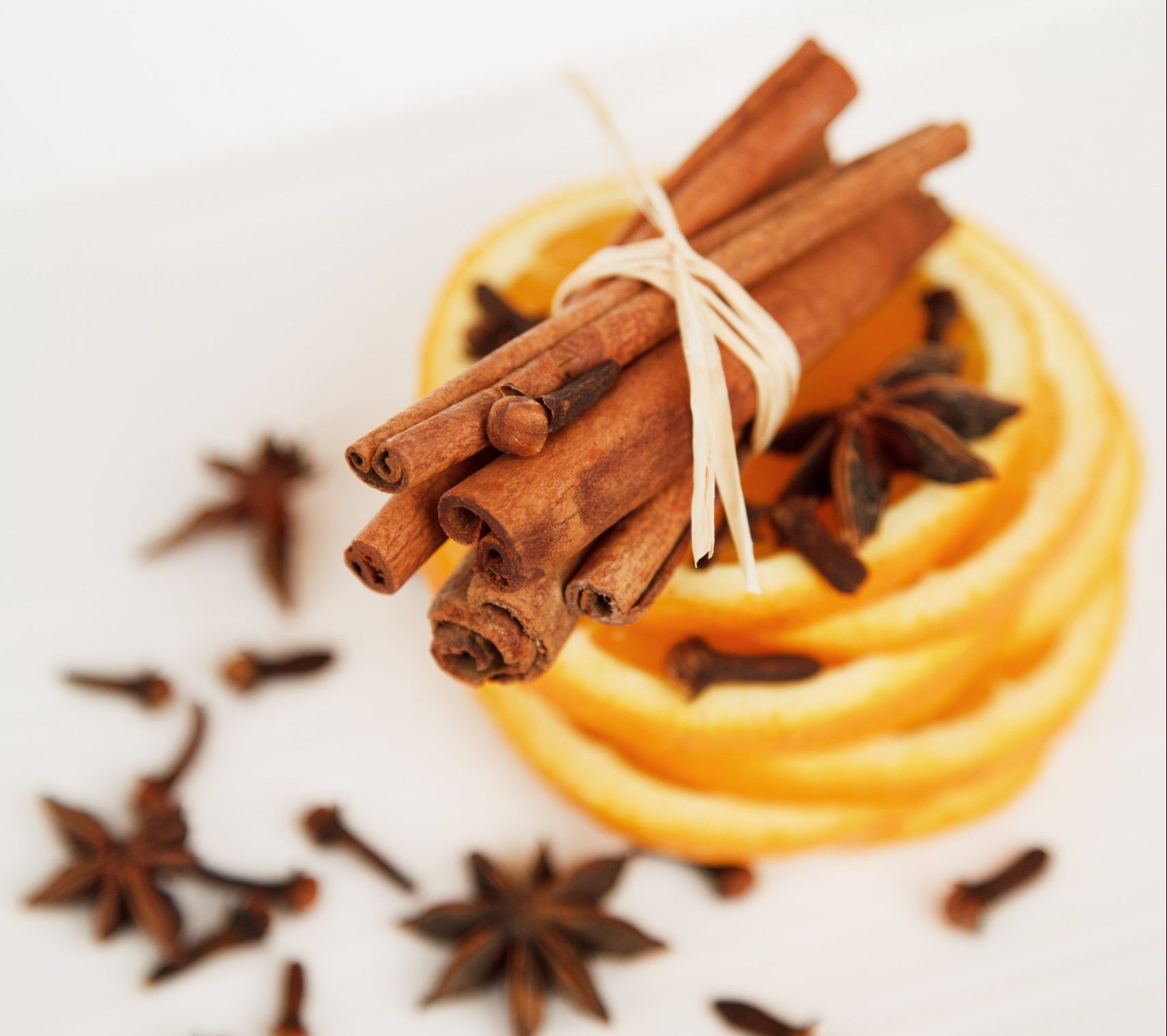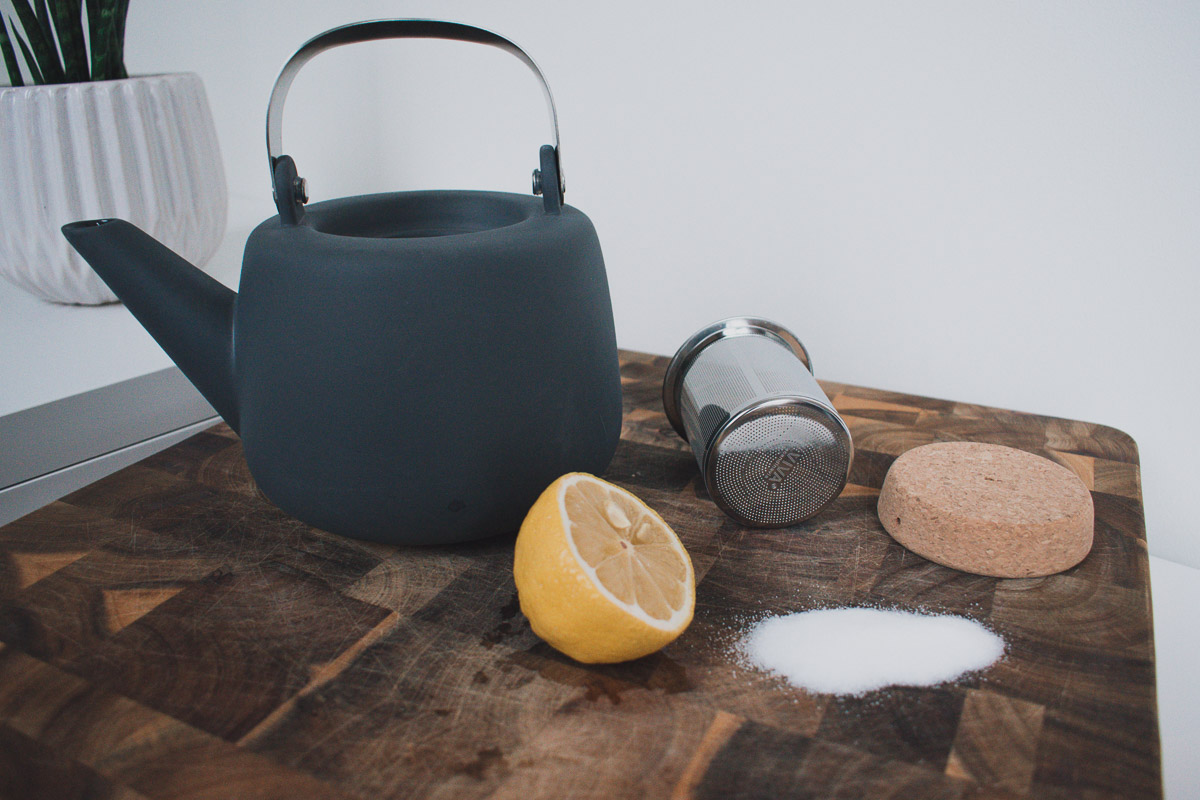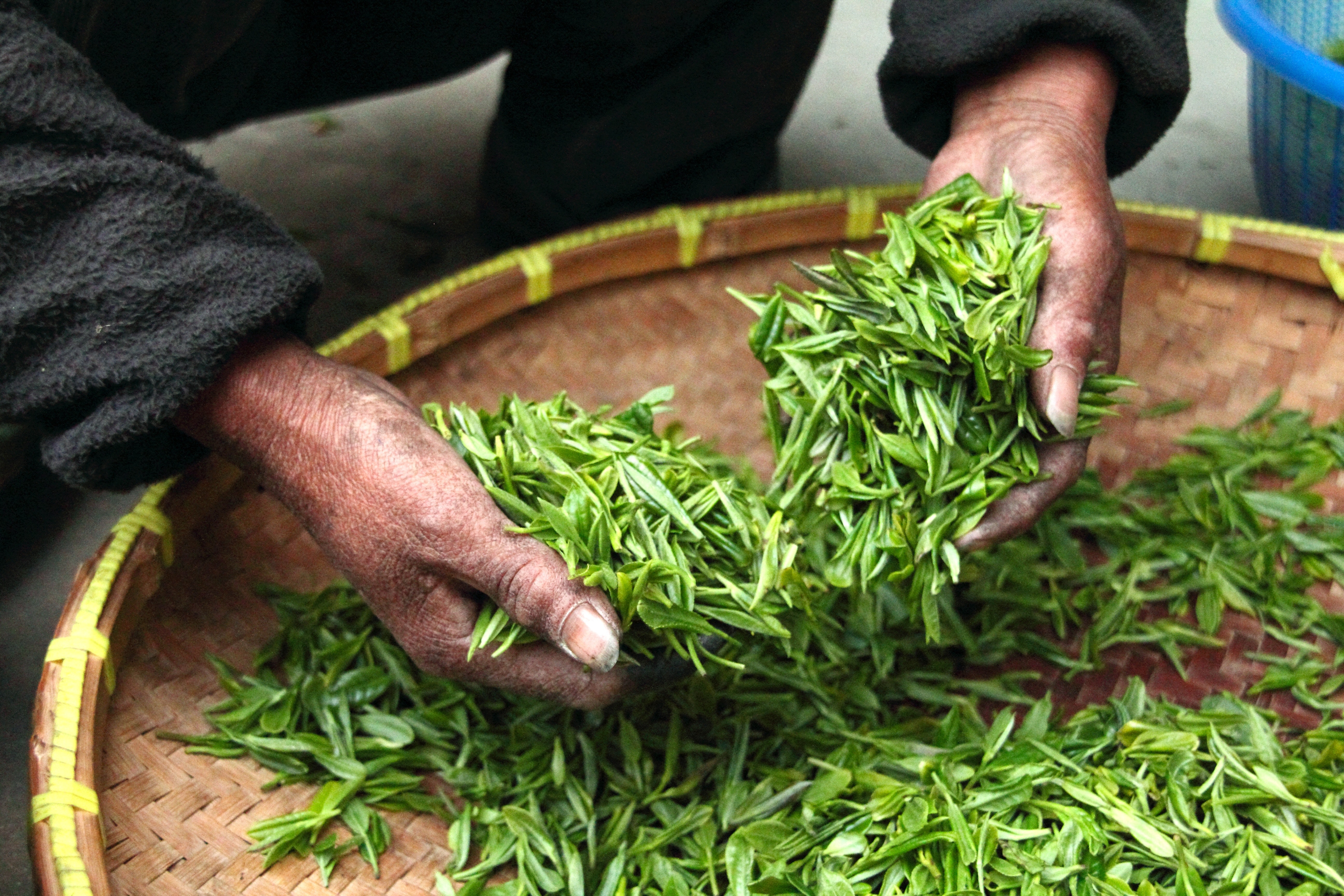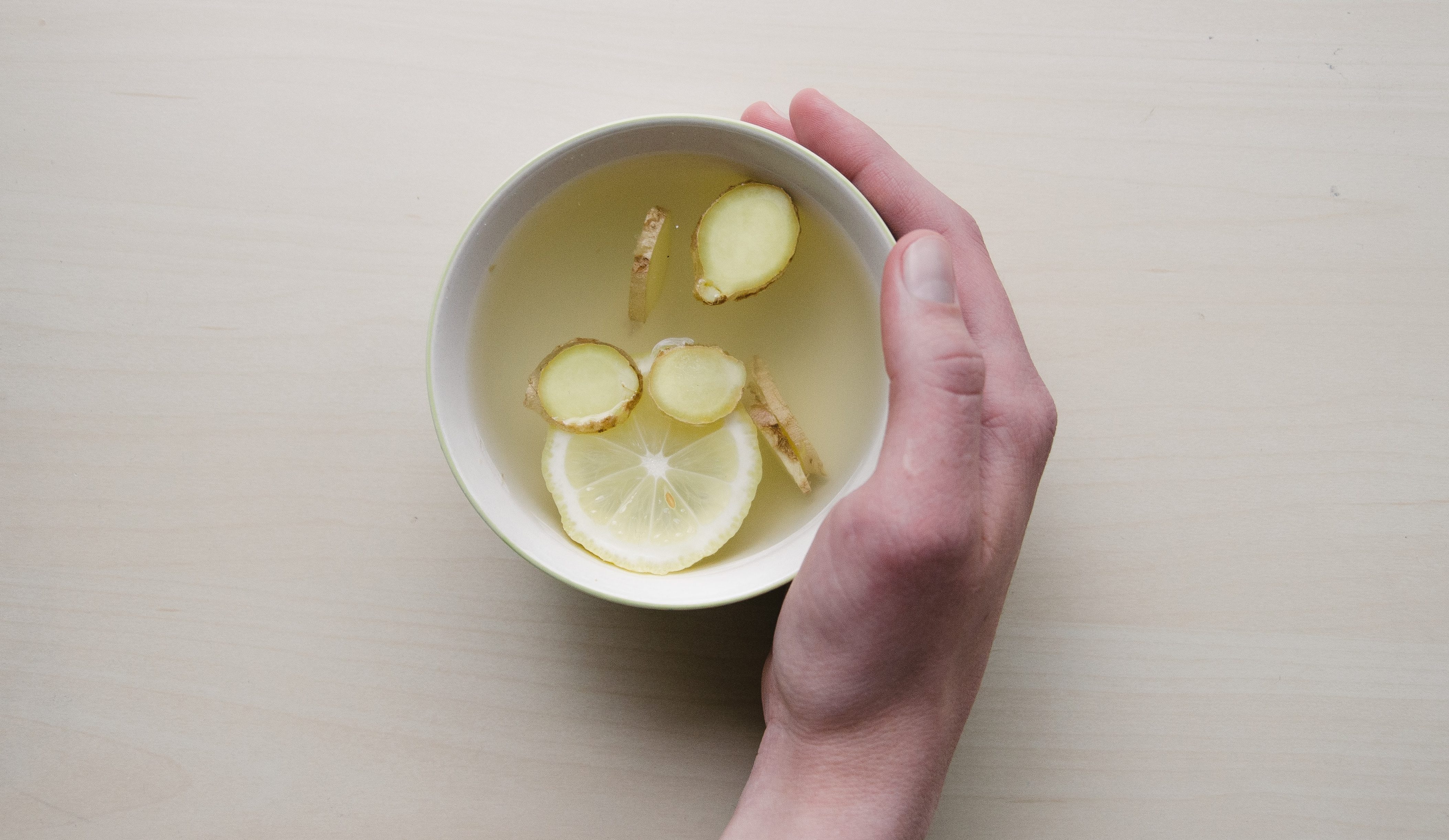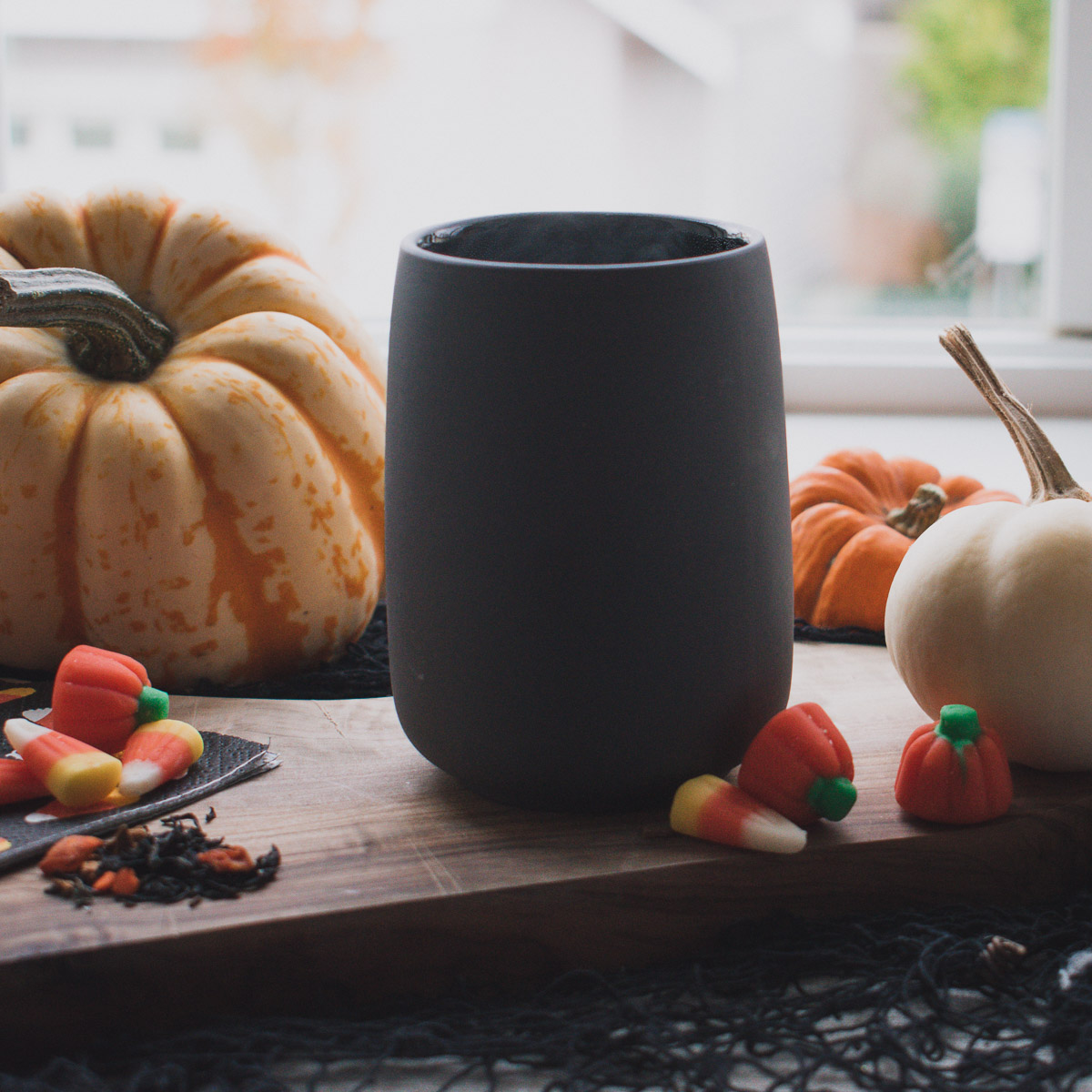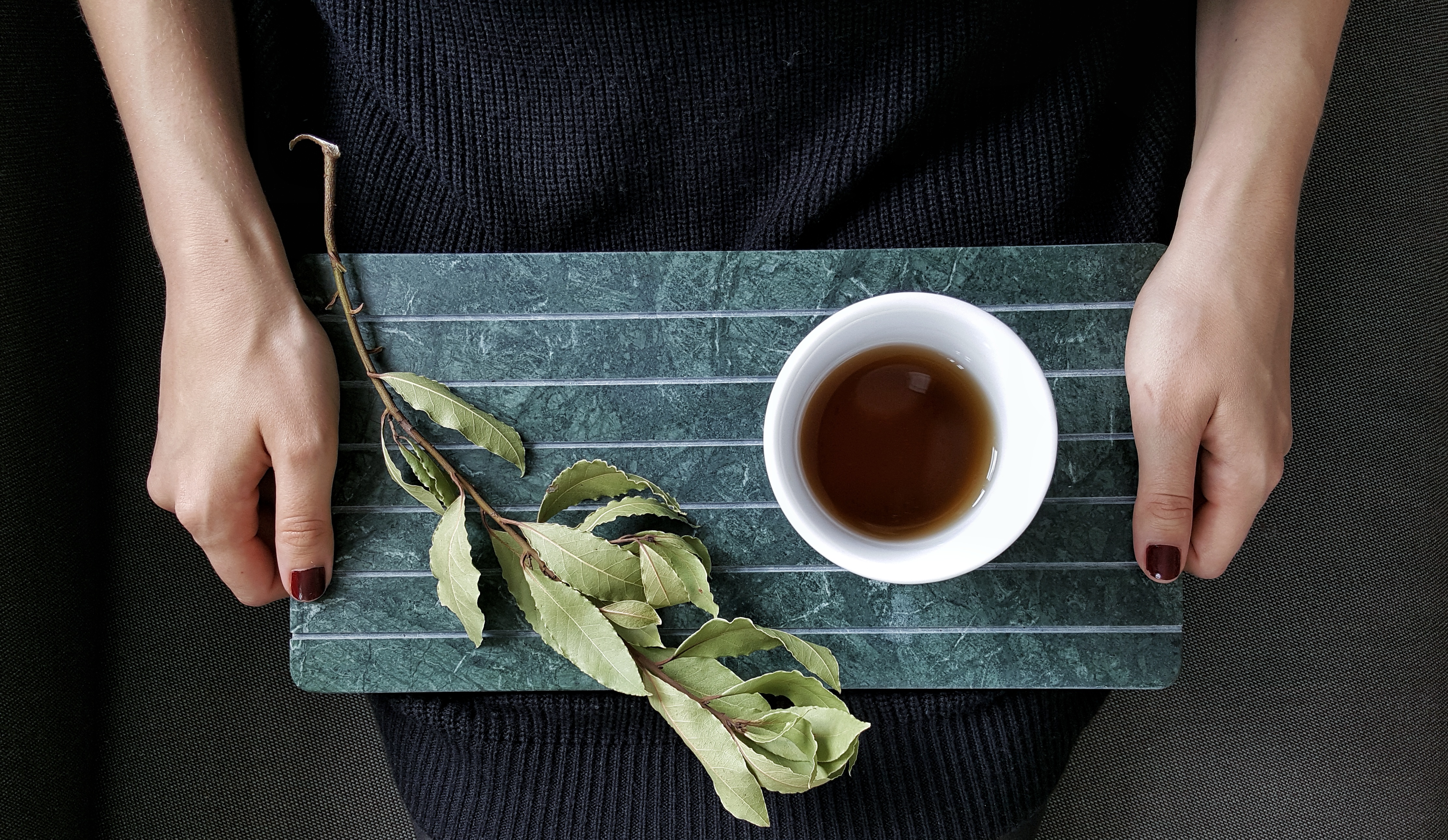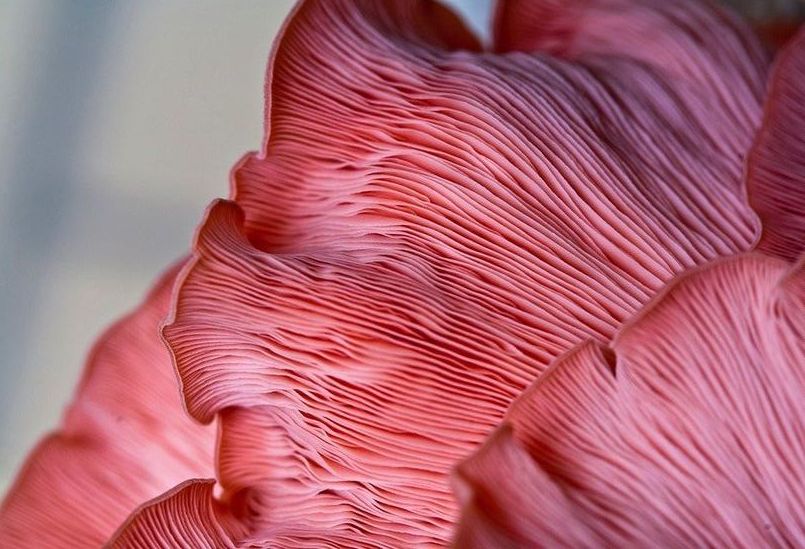When you think of lemon, you probably imagine a pitcher of lemonade or citrus-infused water. But the vibrant yellow fruit isn’t the only way you can indulge in a bittersweet flavour – lemon balm tea is a warm, relaxing alternative.
What is lemon balm tea?
Lemon balm tea is an herbal brew made from the leaves of a lemon balm plant known as the Melissa Officinalis – a member of the mint family. It’s native to Europe, the Middle East and Asia, where it has been a culinary fixture for centuries due to its health benefits. Today, you can find the dark green, leafy plants growing in gardens across North America.

What does lemon balm taste like?
Lemon balm tea has a subtle tart-and-sweet citrus flavour. But the soft yellow-hued brew’s taste profile doesn’t end there –it also gives off the refreshing and cooling traits of mint. The tea also produces just as pleasing an aroma as it does taste – a delicate combination of fresh, menthol earthiness and lemon.
What are its benefits?
Like many herbal teas, lemon balm has a number of health benefits, including its ability to reduce stress. In fact, the leaves of the plant are often used in naturopathic medicines to ease symptoms of anxiety. The flavonoids – medicinal plant nutrients – in lemon balm target the stress hormone known as cortisol, relaxing the mind and muscles, which improves sleep quality.
The tea does more than relax the body, though – it is famous for its ability to ease indigestion. Studies have shown that consuming the herb in any form can alleviate gastrointestinal issues such as gas pain and bloating. As a tea, it is especially effective at soothing the stomach when combined with peppermint or spearmint. And, as with herbal teas, lemon balm is free of caffeine.
The plant has a number of other benefits, such as treating cold sores with topical application. However, it’s important to remember that, as an herb with medicinal traits, lemon balm has the potential to interact negatively with certain medications and conditions. If you are pregnant, taking medication or suffer from allergies, you should consult with your family doctor about your suitability before consuming.
Lemon balm is one of the easiest plants to grow at home. It has many uses and there are even some hidden benefits to growing it you might not be aware of. Check out this great guide which explains everything you need to know about growing lemon balm.
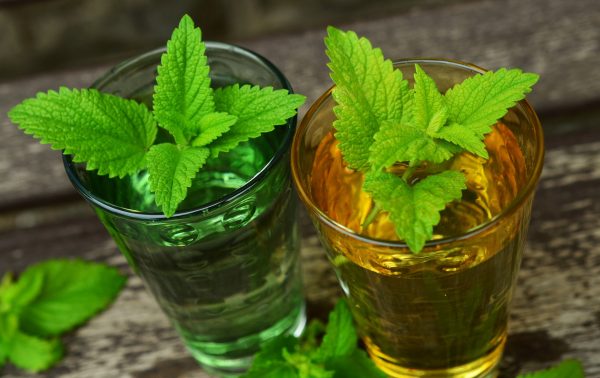
How to make lemon balm tea
Lemon balm tea can be made from loose leaves or from a tea bag. The leaves, which are available at most tea shops and organic grocery stores, can be dried or fresh, depending on your preference. You can also buy and grow the plant to harvest its leaves yourself.
Ingredients
- 1 cup of fresh lemon balm leaves or 1 tablespoon of dried leaves
- One cup (8oz) of boiling water
- Optional: sweeteners (sugar, honey) and/or a teaspoon of peppermint or spearmint
Recipe
- Boil one cup of water on the stovetop or in a kettle, and then pour into a tea pot or cup.
- Drop the fresh or dried leaves, directly into the boiling water in loose form or place them inside of a tea infuser.
- Allow the lemon balm leaves to steep for eight to 10 minutes to ensure the maximum amount of lemon-mint flavour is present. The brew will be a rich yellow when it has steeped long enough.
- Strain the loose leaves or remove the infuser.
- Add any optional ingredients, such as peppermint or honey and stir while the brew is still hot. This step is important because it allows ingredients such as sugar or honey to dissolve into the tea.
- Allow the drink to sit until it reaches a comfortable and safe temperature to consume.
- Sit back and enjoy!
